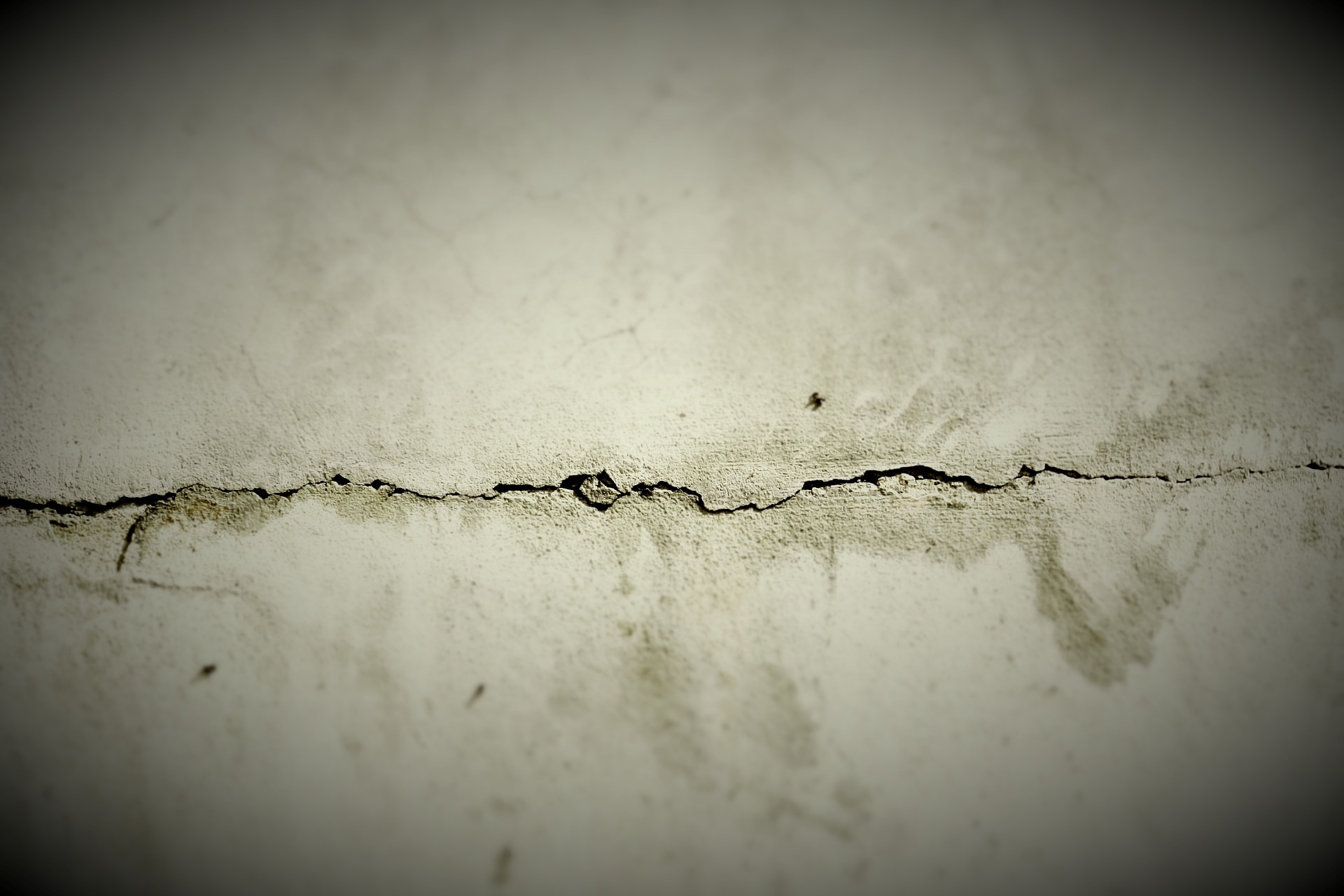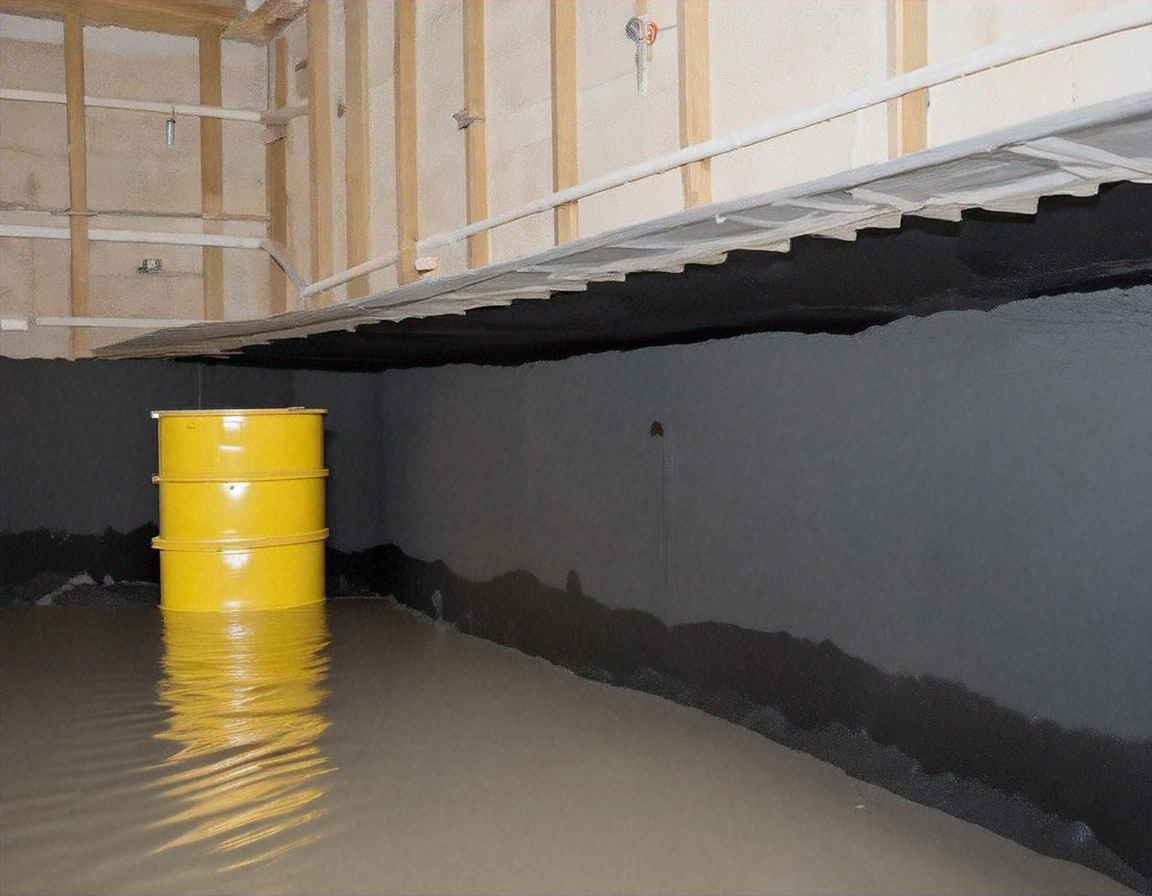The Complete Guide to Basement Waterproofing: Protect Your Home from the Ground Up
A dry basement is essential for maintaining your home's structural integrity and protecting your investment. Water infiltration can lead to mold growth, foundation damage, and decreased property value. Understanding the fundamentals of basement waterproofing helps homeowners make informed decisions about protecting their homes from moisture damage. This comprehensive guide explores effective waterproofing methods, from exterior wall treatments to floor sealing techniques, providing practical insights for keeping your basement dry year-round.

Basement waterproofing is a critical aspect of home maintenance that protects your property from water damage, mold growth, and structural deterioration. Whether you’re dealing with minor dampness or significant water intrusion, understanding the available waterproofing solutions can help you choose the right approach for your situation.
What Is Waterproofing and Why Does Your Basement Need It?
Waterproofing involves creating barriers and drainage systems that prevent water from entering your basement. Groundwater, heavy rainfall, and poor drainage can cause water to seep through foundation walls and floors, leading to costly damage. A properly waterproofed basement maintains structural integrity, prevents mold and mildew growth, improves indoor air quality, and protects stored belongings. Many homeowners discover water issues only after visible damage appears, making preventive waterproofing a wise investment. The cost of waterproofing is typically far less than repairing extensive water damage or foundation problems.
How Does Waterproofing Basement Walls from Outside Work?
Exterior waterproofing is considered the most effective long-term solution for keeping basements dry. This method involves excavating soil around the foundation to expose exterior walls. Once exposed, contractors clean the walls and apply waterproof coatings or membranes that create an impermeable barrier. A drainage system, typically including perforated pipes and gravel, is installed at the foundation footer to redirect water away from the structure. The excavated area is then backfilled with appropriate materials. While exterior waterproofing requires significant labor and can be disruptive to landscaping, it addresses water problems at their source before moisture penetrates the foundation. This approach is particularly effective for homes with chronic water issues or those built in areas with high water tables.
What Are the Best Methods for Waterproofing Basement Floors?
Floor waterproofing focuses on preventing water from seeping up through concrete slabs. Several effective methods exist depending on the severity of moisture problems. Concrete sealers penetrate the porous surface and create a water-resistant barrier, suitable for minor dampness issues. Epoxy coatings provide a thicker, more durable waterproof layer that also improves floor appearance and durability. For more serious problems, installing an interior drainage system with a sump pump collects water beneath the floor and pumps it away from the foundation. Vapor barriers can be installed under new concrete pours during construction or renovation. Some homeowners combine multiple approaches for comprehensive protection. The choice of method depends on factors including the age of your home, severity of water intrusion, soil conditions, and budget considerations.
What Interior Waterproofing Solutions Are Available?
Interior waterproofing methods work from inside the basement to manage water that has already penetrated the foundation. Interior drainage systems, often called French drains, are installed along the perimeter of the basement floor. These systems collect water and channel it to a sump pump, which then removes it from the home. Waterproof paints and sealants can be applied to interior walls to prevent minor seepage, though they are less effective than exterior solutions for serious water problems. Dehumidifiers help control moisture levels and prevent condensation. Crack injection using polyurethane or epoxy fills foundation cracks to stop water entry. While interior solutions are less invasive and more affordable than exterior waterproofing, they manage water after it has reached the foundation rather than preventing entry altogether.
How Much Does Professional Waterproofing Cost?
Waterproofing costs vary significantly based on the method chosen, basement size, severity of water problems, and regional labor rates. Understanding typical price ranges helps homeowners budget appropriately for this important home improvement.
| Service Type | Typical Cost Range | Key Considerations |
|---|---|---|
| Interior Sealants | $500 - $2,000 | Best for minor moisture issues |
| Interior Drainage System | $2,000 - $6,000 | Includes sump pump installation |
| Exterior Waterproofing | $8,000 - $15,000 | Most comprehensive solution |
| Floor Sealing | $1,500 - $4,000 | Varies by coating type and area |
| Crack Repair | $300 - $1,500 | Depends on crack size and number |
Prices, rates, or cost estimates mentioned in this article are based on the latest available information but may change over time. Independent research is advised before making financial decisions.
Many contractors offer free inspections and estimates, allowing homeowners to compare options before committing. While waterproofing represents a significant investment, it protects against far more expensive foundation repairs and water damage restoration.
What Maintenance Does a Waterproofed Basement Require?
Proper maintenance ensures your waterproofing system continues functioning effectively for years. Regularly inspect your basement for signs of moisture, including dampness, musty odors, or water stains. Test your sump pump quarterly by pouring water into the pit to ensure it activates properly. Clean gutters and downspouts to prevent water from pooling near your foundation. Maintain proper grading around your home so water flows away from the foundation. Check interior and exterior drainage systems for blockages or damage. Inspect waterproof coatings and sealants for deterioration, reapplying as needed. Monitor basement humidity levels, keeping them below 50 percent to prevent mold growth. Address any cracks in walls or floors promptly before they allow water entry. Seasonal inspections, particularly before and after heavy rain seasons, help catch potential problems early.
Protecting your basement from water damage requires understanding the available waterproofing methods and choosing solutions appropriate for your specific situation. Whether you opt for exterior excavation, interior drainage systems, or floor sealing, investing in proper waterproofing safeguards your home’s foundation, improves living conditions, and preserves property value. Regular maintenance and prompt attention to moisture issues ensure your waterproofing system continues providing reliable protection for years to come.




